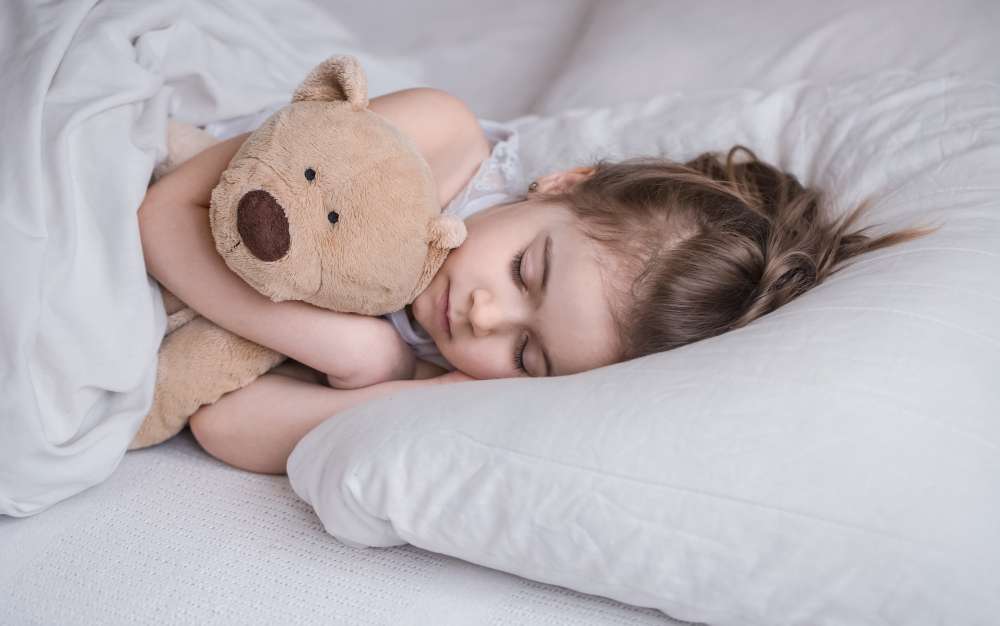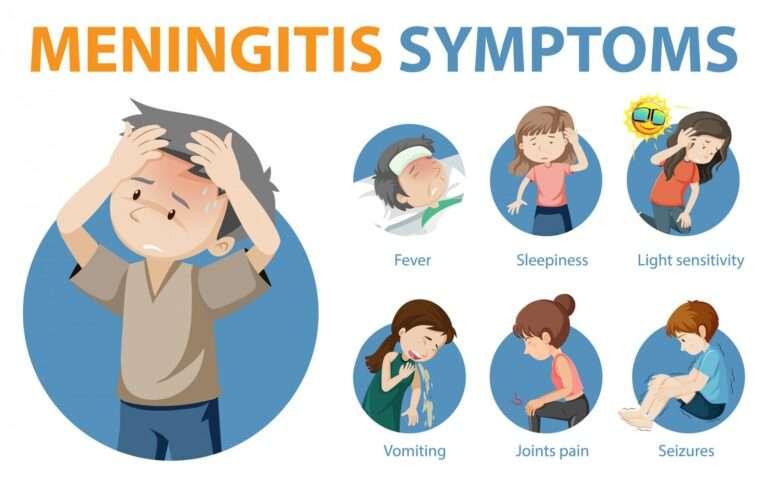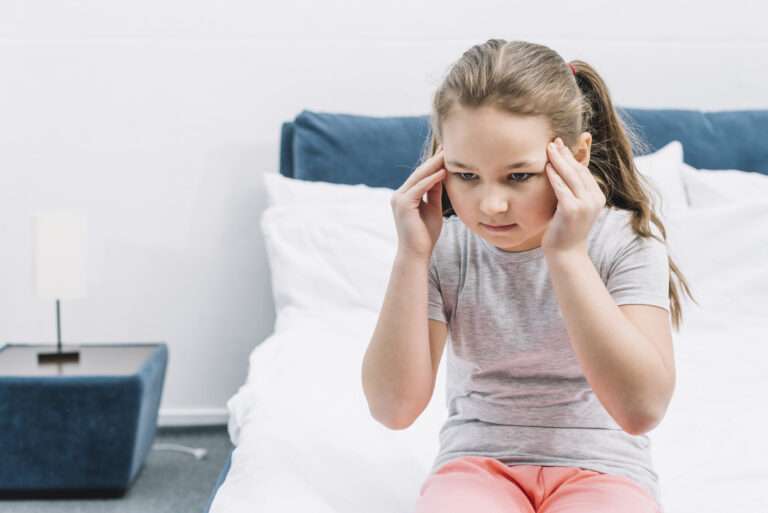Sleep disorders in children
Sleep disorders in children can significantly impact their overall well-being, behavior, and development. These disorders can range from relatively common issues like bedtime resistance and night awakenings to more serious conditions like sleep apnea or narcolepsy. Here are some common sleep disorders in children:
- Insomnia:
- Definition: Insomnia involves difficulty falling asleep or staying asleep, leading to inadequate or poor-quality sleep.
- Symptoms: Children with insomnia may take a long time to fall asleep, wake up frequently during the night, or wake up very early in the morning, feeling unrested. Insomnia can be caused by various factors, including stress, anxiety, and irregular sleep schedules.
- Obstructive Sleep Apnea (OSA):
- Definition: OSA occurs when there are repeated episodes of partial or complete obstruction of the upper airway during sleep, leading to disrupted breathing.
- Symptoms: Children with OSA may snore loudly, have difficulty breathing during sleep, and experience frequent awakenings. OSA can lead to daytime sleepiness, behavioral issues, and growth problems.
- Restless Legs Syndrome (RLS):
- Definition: RLS is a neurological disorder characterized by an irresistible urge to move the legs, often accompanied by uncomfortable sensations.
- Symptoms: Children with RLS may complain of leg discomfort, tingling, or crawling sensations in the legs, particularly when trying to fall asleep. These sensations can disrupt sleep.
- Narcolepsy:
- Definition: Narcolepsy is a chronic neurological disorder characterized by excessive daytime sleepiness and sudden, uncontrollable episodes of falling asleep.
- Symptoms: Children with narcolepsy may experience sudden sleep attacks during daily activities, such as while eating or talking. They may also have vivid dreams and disrupted nighttime sleep.
- Parasomnias:
- Definition: Parasomnias are abnormal behaviors or events that occur during sleep. Common types include night terrors, sleepwalking (somnambulism), and sleep talking.
- Symptoms: Children with parasomnias may engage in activities like sitting up in bed, screaming, or walking during sleep. They often have no memory of these events.
- Delayed Sleep Phase Disorder (DSPD):
- Definition: DSPD involves a delay in the timing of sleep, causing difficulty falling asleep and waking up at socially unacceptable times.
- Symptoms: Children with DSPD may struggle to fall asleep at night and have difficulty waking up in the morning, which can lead to daytime sleepiness and academic or behavioral problems.
- Behavioral Sleep Problems:
- Definition: These are common sleep difficulties often related to bedtime routines and habits, such as bedtime resistance, night awakenings, or difficulty self-soothing.
- Symptoms: Children with behavioral sleep problems may have trouble settling down at bedtime or may wake up during the night and have difficulty returning to sleep.
- Sleep-Related Movement Disorders:
- Definition: These disorders involve repetitive movements during sleep, such as rhythmic movement disorder (head banging or body rocking) or periodic limb movement disorder (PLMD).
- Symptoms: Children with these disorders may display motor movements during sleep that can disrupt their own or their family’s sleep.
Effective management of sleep disorders in children often involves a combination of strategies, including changes in sleep hygiene, behavioral interventions, and, in some cases, medications. Diagnosis and treatment should be guided by a pediatrician or a pediatric sleep specialist, who can assess the child’s specific sleep problem and recommend appropriate interventions to improve sleep quality and overall well-being.
------------From our Sponsors------------









